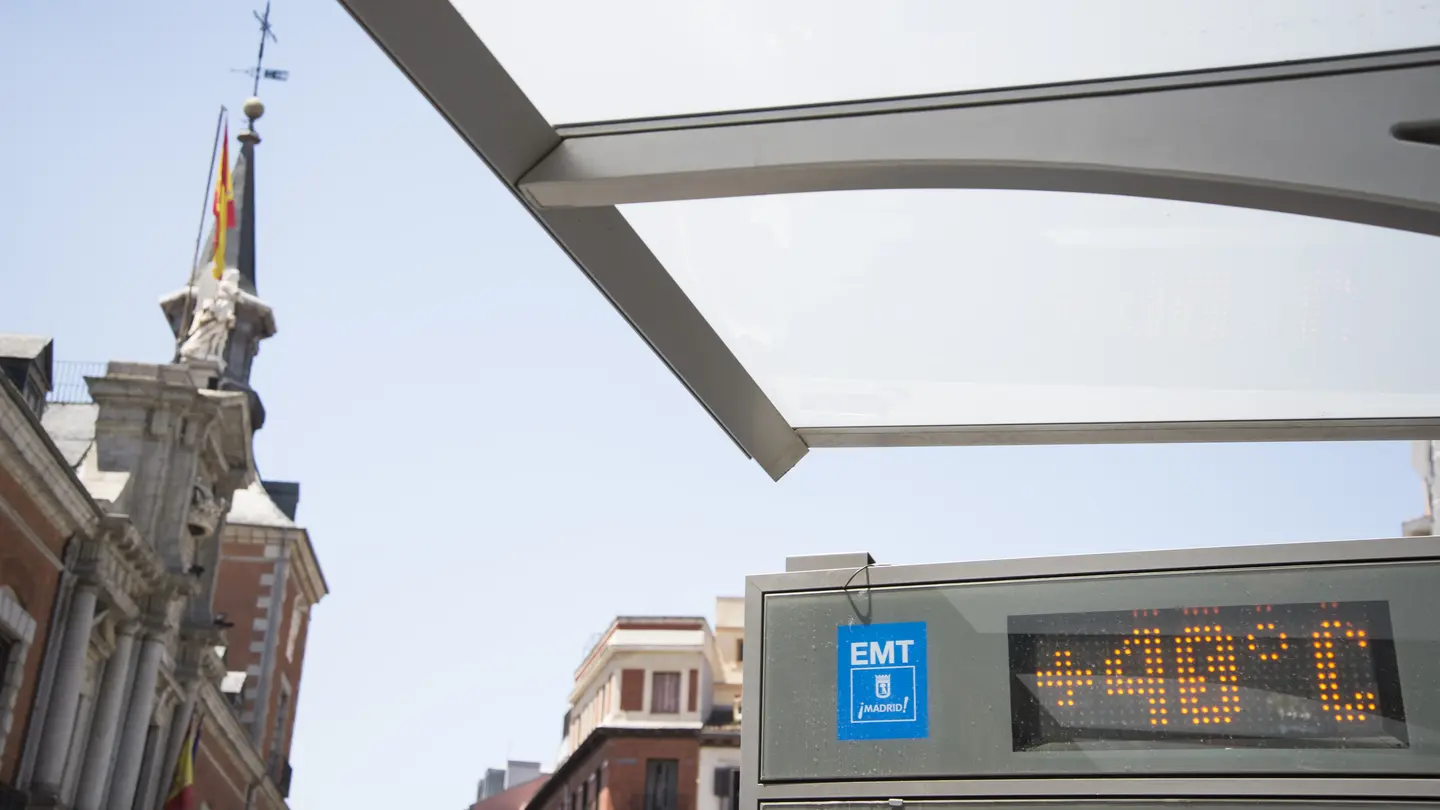Heat waves are unbearable, especially in cities. Gregor Grassl, Associate Partner and Head of Green Urban Development at Drees & Sommer, knows how to deal with heat stress in urban environments.
Overview of urban heat islands:
- Due to climate change, Germany is experiencing an increase in hot days: in 2022, there were around 17 hot days in Germany with over 30 degrees and tropical nights
- Inner cities are particularly affected by this as the temperature difference between cities and the surrounding area is up to 15 degrees
- Reasons for urban heat islands include sealed surfaces as well as lack of shade and greenery
- Climate adaptation measures such as green facades, unsealing of surfaces, more areas with shade, and many other measures to cool cities are required
Steaming asphalt, glaring light over the roofs, and parched green spaces—Heat waves not only change the cityscape, but also lead to increased stress for city dwellers. This is known as “heat stress” and describes the difference between the perceived temperature and the optimum temperature for the human body. The urban phenomenon of heat islands exacerbates the effects of heat as cities are much warmer than their rural surroundings because they absorb and store more heat. There are many reasons for this, such as high building density, low proportion of green areas, high energy consumption, and low air circulation.
The heat also has negative effects on health, such as heatstroke, dehydration, and cardiovascular and respiratory diseases. Quality of life is also negatively affected as comfort, productivity, and sleep quality decline. The environment also suffers as energy consumption increases for air conditioning, air quality deteriorates, and greenhouse gas emissions increase.
Different measures are required to prevent heat islands and reduce the effects of heat waves in urban areas. Gregor Grassl, Associate Partner at Drees & Sommer with a focus on sustainable urban and neighborhood development (especially climate protection and climate adaptation concepts) knows which measures are required.


